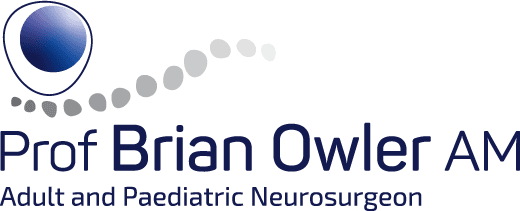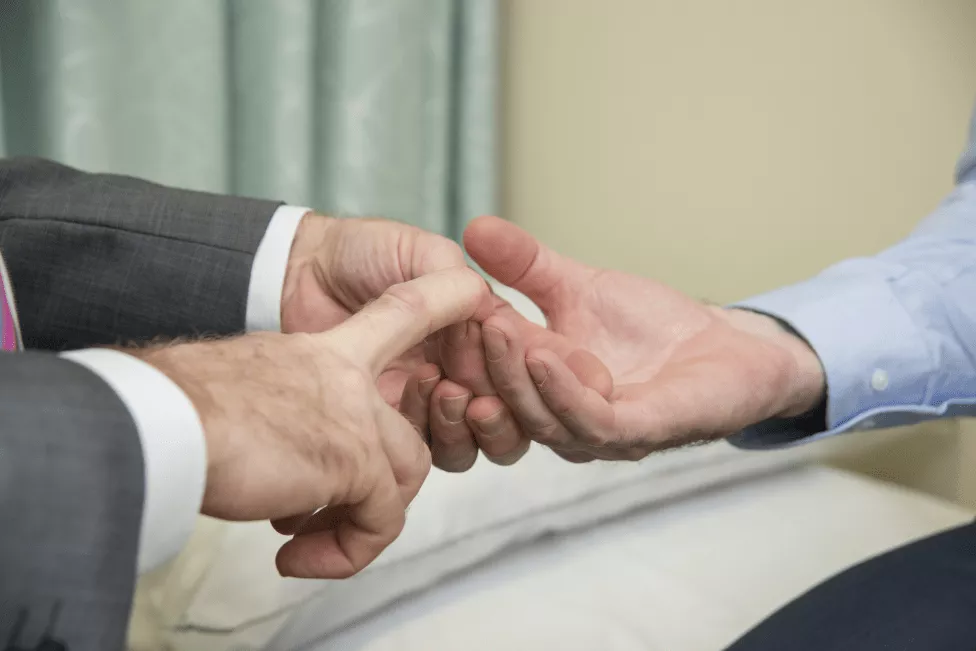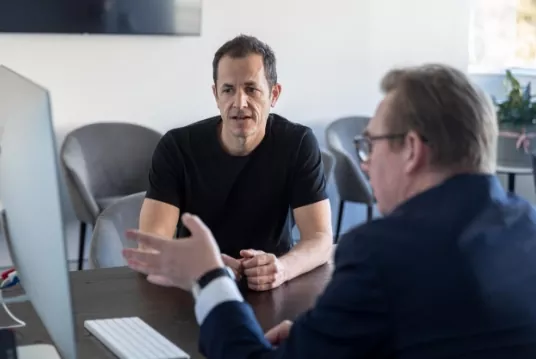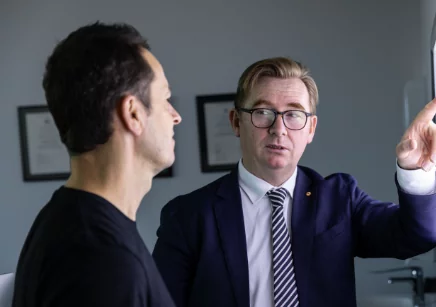What parts does the cervical spine comprise of?
The cervical spine is the upper part of the spinal column and is made up of seven vertebrae (C1–C7). These are the smallest vertebrae in the spine and support the weight of the head. The first vertebra, known as the atlas (C1), supports the skull, while the second vertebra, called the axis (C2), enables the head to rotate. Between most vertebrae are discs that cushion the spine and allow movement; however, there is no disc between C1 and C2.
Behind the vertebral bodies is a canal formed by a ring of bone that houses the spinal cord as it travels from the brain into the rest of the body. The spinal cord passes through this space and gives rise to nerve roots that exit the spine through openings known as intervertebral foramina. These nerve roots provide sensation and muscle control to the shoulders, arms, and parts of the upper back. The back of the vertebral ring is formed by the lamina and spinous processes, which act as attachment points for muscles and ligaments that support the head and neck.
Each disc in the cervical spine has two main parts: the annulus fibrosus, which is the tough outer layer of fibres, and the nucleus pulposus, the softer, gel-like centre that provides cushioning. Together, these structures allow flexibility, protect the spinal cord and nerves, and maintain stability of the neck during movement.




